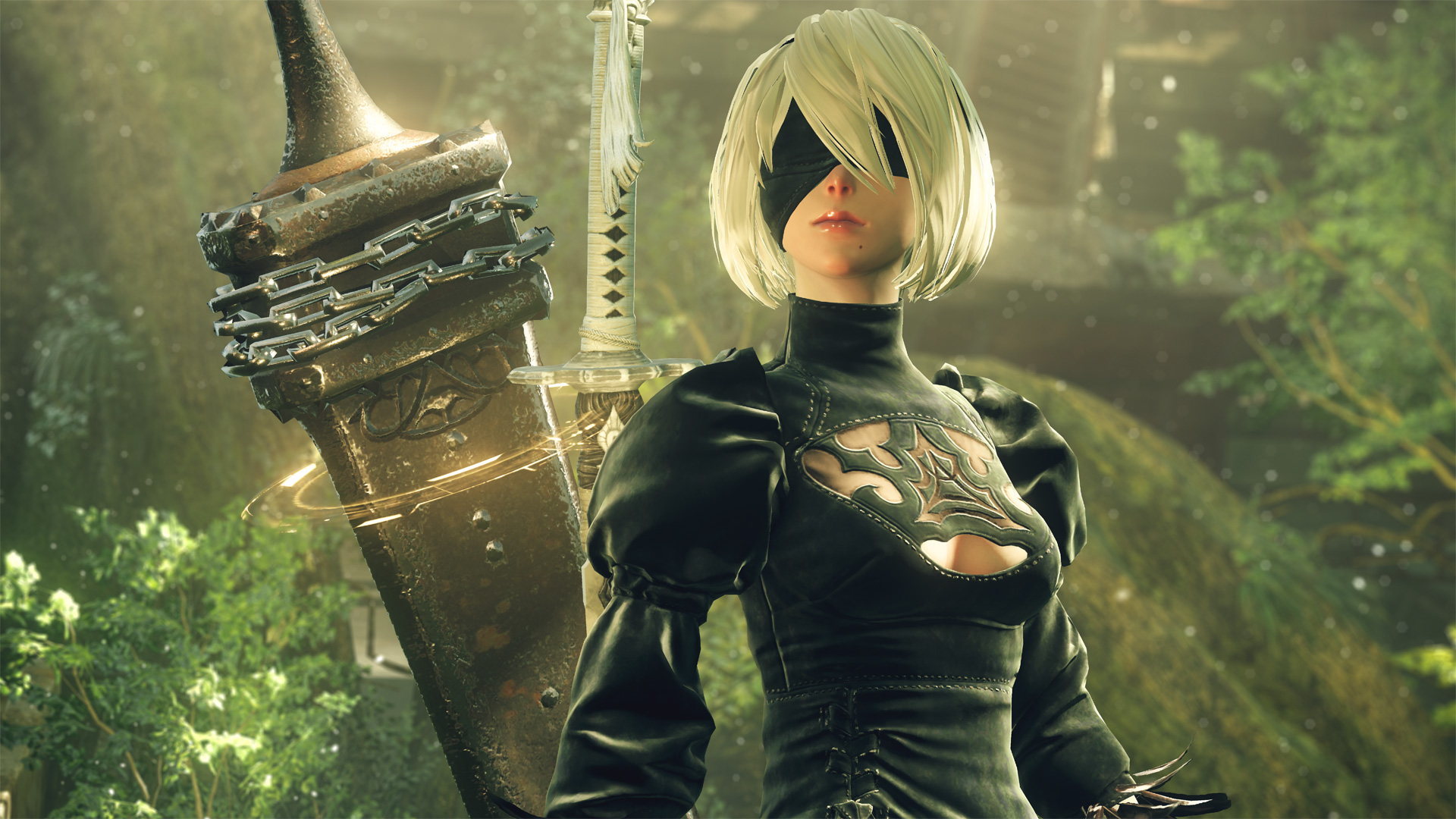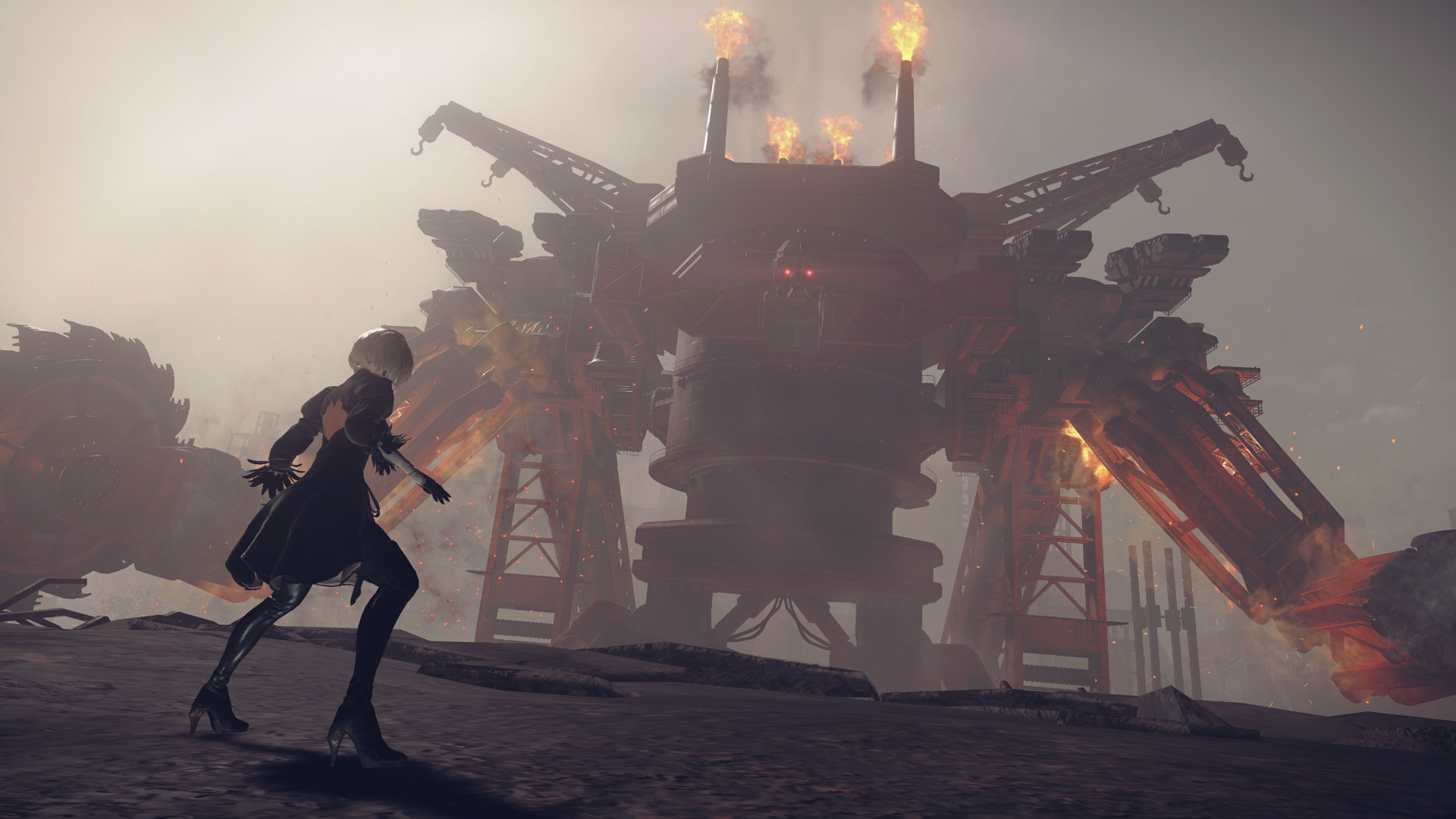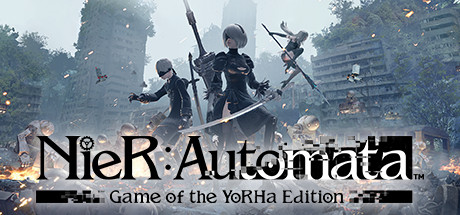Introduction
On March 17, 2017—St. Patrick’s Day—PlatinumGames quietly released NieR:Automata on Steam and consoles. While many players were busy with clovers and green beer, the game arrived during a packed season. It followed Breath of the Wild’s Nintendo Switch launch and Final Fantasy XV’s post-release updates. Even on a holiday, a sharp blade could still cut through the noise.
Storyline
NieR:Automata throws you into a far-future Earth overrun by alien machines. Humanity has fled to the moon, relying on android warriors to reclaim the planet. You’ll take control of 2B, 9S, and the rogue A2 at different points in the story. The game layers themes of war, identity, and existential dread in equal measure. At times, it feels poetic. At others, it becomes gleefully absurd. Most importantly, Yoko Taro’s narrative twists fold back on themselves in complex, meta ways—like origami only he could imagine.
Gameplay Mechanics
- Action-Packed Battles: Seamlessly switch between melee blades and long-range guns—like a ballerina with a machine gun. The combat is fluid, deep, and surprisingly kid-glove friendly. In particular, the “Auto Mode” helps newcomers by auto-executing dodges and attacks.
- Open-World Exploration: No loading screens interrupt your existential crises. Instead, you roam haunting city ruins, lush forests, and factory zones at a silky 60fps. Furthermore, side quests subtly reveal more secrets than a talkative NPC ever could.
- Pod Support System: Your little hovering sidekick can blast enemies, hack terminals, and even let you glide. Therefore, exploration never feels repetitive, even when stomping mechs to bits.
- RPG Progression: Level up, slot in combat chips, and switch loadouts. As a result, the game offers enough customization to make a min/maxer drool—but not so much that you’ll need a PhD in spreadsheets.

Visuals and Audio
The contrast between decayed cities and thriving nature is striking. The art style gives the world a wistful, almost painterly tone. Performance stays near 60fps on solid setups, though older hardware may stutter. Pod effects and bloom lighting sharpen the visuals further. Meanwhile, Keiichi Okabe’s soundtrack stands out as a mournful masterpiece. Its mix of choir, soft vocals, and electronic beats turns every boss fight into something unforgettable.
User Reviews and Community Feedback
Recent Reviews: Very Positive (91% of 1,152) | All Reviews: Very Positive (88% of 105,760)
Those numbers tell a story: players adore the combat’s addictive pace, the emotional weight of the narrative twists and the soundtrack’s goosebump-inducing moments. Criticisms? A few camera quirks in tight corridors, occasional fetch-quest padding and an open world that sometimes feels more “empty facade” than fully stocked playground. But even detractors admit the strengths far outweigh these nitpicks.

Industry Impact and Legacy
NieR:Automata proved that PlatinumGames could marry its trademark intensity to an expansive world and a deeply philosophical script. It spawned countless “endings” memes, ignited debates on AI consciousness and won multiple awards for Best RPG and Best Music—reminding the industry that action games can be as brainy as they are button-mashy.
Conclusion
Seven years on, NieR:Automata still slices, dices and stabs its way into the conversation about video games as art. With near-universal accolades (91% recent positive, 88% all-time), it remains a triumph of narrative ambition and mechanical precision. Whether you’re here for the bullet-hell gibs or the philosophical hug-your-android tears, this is one war you’ll be glad to join—and one St. Patrick’s release worth remembering.

